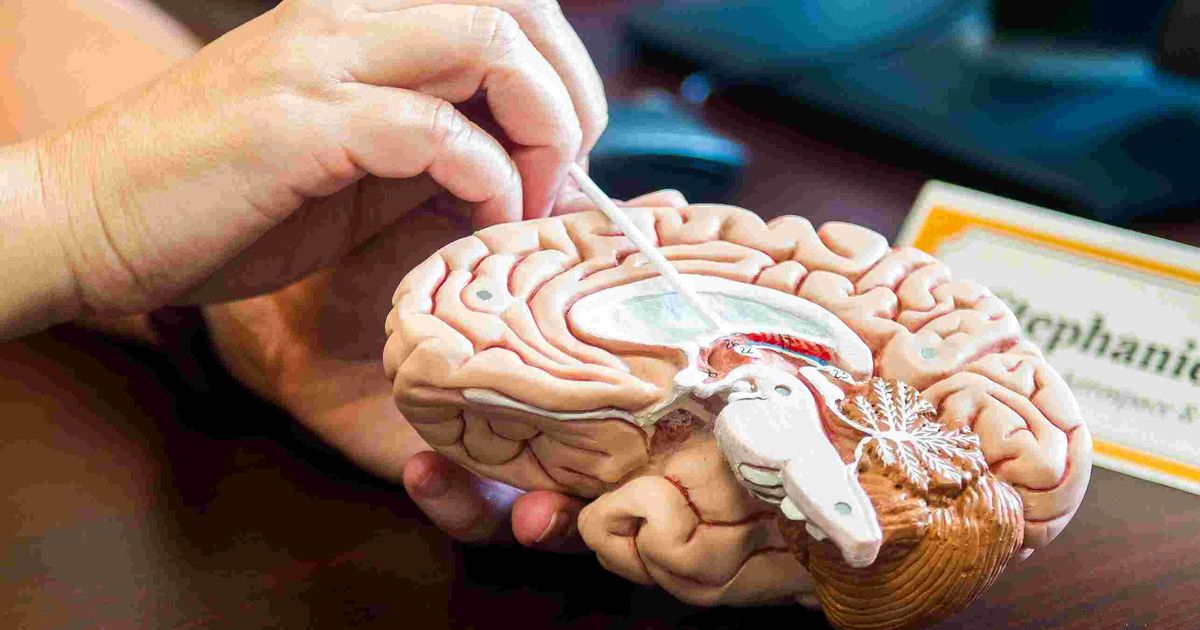How To Manage Akinesia
An abnormal movement called akinesia occurs when individuals cannot move the way they want to. Patients may notice it in any combination affecting their balance, posture, or walking. It may be patients are actually moving, but their movement is so slow they just can't see it. But, it may also be their nerves fail to transmit timely movement intentions to their muscles. That is, innervation is slowed or interrupted within the nervous system connecting muscle to brain. In the case of constant tremor as in Parkinson's disease, the muscle command to move may have to originate between tremors causing muscle commands. Akinesia is not a thinking problem. It is a motor control management problem traced to the motor cortex. Get to know how to manage akinesia now.
Implantable Stimulators

Twenty-two years ago deep brain surgery was approved to treat abnormal movement associated with Parkinson's disease. The surgeon uses a combination of MRI or CT scans and brain cell monitoring to insert an implantable pulse generator into the brain, usually in the thalamus, subthalamic nucleus, or globus pallidus interna. This device contains a lead electrode inserted through the skull into the area interfering with movement generation. The lead is extended under the skin through an insulated wire to the device's stimulator component. A subcutaneous battery pack serving the stimulator is typically implanted near or below the collarbone. This nerve stimulator's task is to interfere with those nerve transmission problems of akinesia and block abnormal nerve signals to muscles at their source. Patients who have been candidates for the procedure may have full mitigation of their movement complaints or a reduction of medication dose. Risks, though not common, of implantable stimulators, include cranial bleeding, stroke, infection, or anesthesia side effects.
Understand more treatments for akinesia now.
Get Regular Exercise

Many daily activities involve the use of motor nerves. Everyone has routine behavior patterns developed over lifetimes and often call these to action automatically without conscious thought. It appears the motor controller in the brain calls on these resident patterns routinely. Metabolic issues, as in Parkinson's disease and availability of dopamine, may interfere with the implementation of those patterns, causing akinesia. Akinesia disrupts the application of the pattern to the muscles when the brain attempts to activate the engram coding the desired movement. Interference in Parkinson's disease appears at the basal ganglia. To bypass the basal ganglia, intentional movement needs to rely on higher levels of thinking.
Occupational therapy potentially offers exercise training that accomplishes the segregation of multitasks into separate smaller components as a reasonable bypass strategy in this regard. By establishing cues for regular activities to be removed from the multitask mode, akinesia is bypassed as the single task mode begins to work. If cue development utilizes alternative motor pathways efficiently for a person, cognitive and sensory attention strategies can be internalized. To get regular exercise in this manner involves establishing a positive attitude, mental rehearsal, internal dialogue, and visualization.
Learn more about managing akinesia now.
